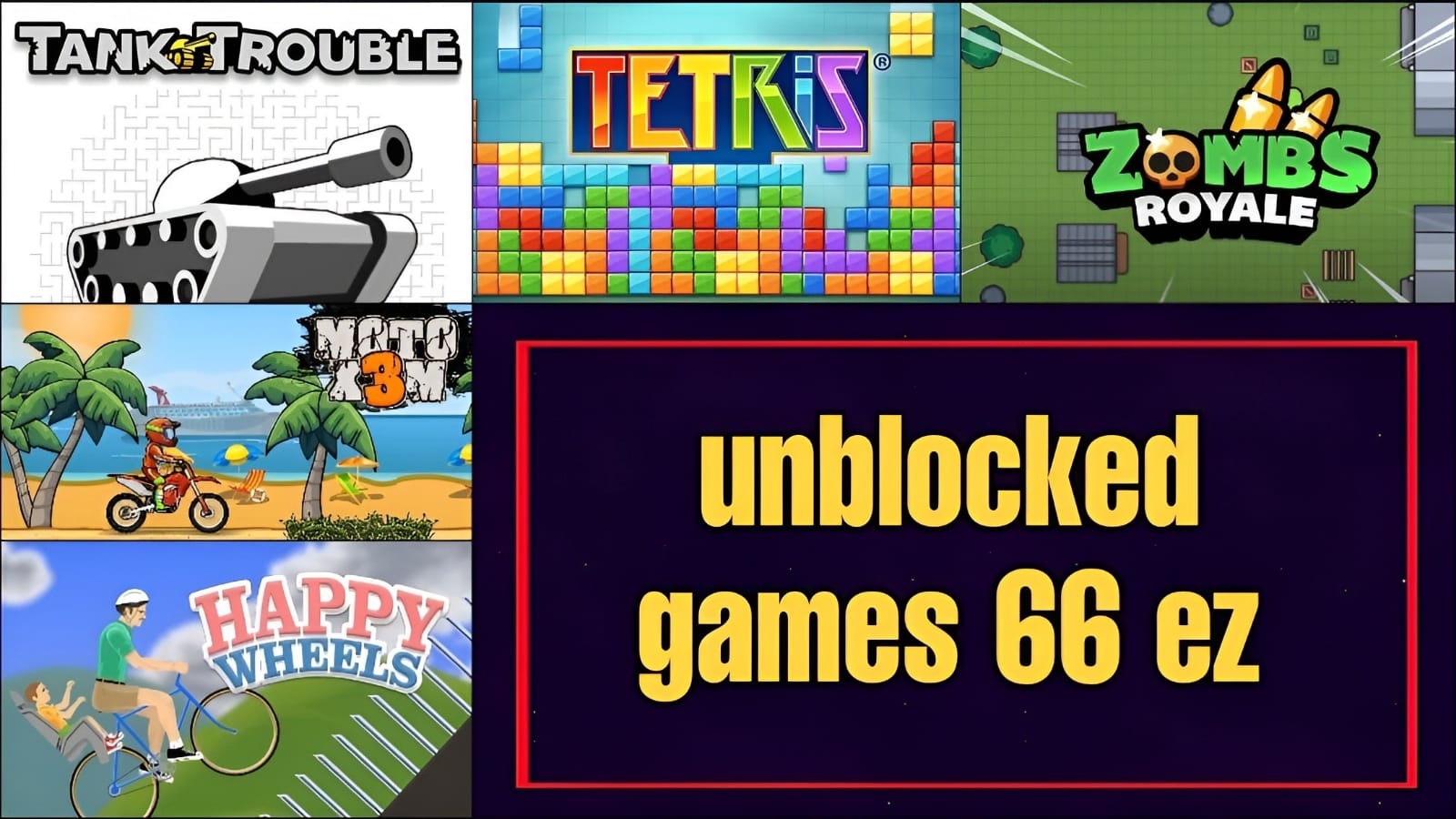Introduction
Since their humble beginnings in the 1950s, video games have come a long way. The past two decades, in particular, have witnessed a remarkable transformation in the gaming industry. Technological advancements, innovative gameplay mechanics, and a growing community of passionate gamers have all contributed to shaping the landscape of modern video games. This article explores the fascinating journey of games in the 21st century, highlighting significant milestones and trends that have shaped the medium into what it is today.
I. Technological Advancements: From Pixels to Virtual Realities
The first major leap in gaming technology came with the advent of 3D graphics and the transition from 2D to 3D gaming. This shift allowed developers to create more immersive and visually stunning gaming experiences. Titles like ”Super Mario 64″ and “Tomb Raider” redefined what was possible in the gaming world and set the stage for future advancements.
As processing power continued to increase, so did the potential for more complex and realistic simulations. The early 2000s saw the rise of high-definition gaming, giving players more detailed environments and characters. Additionally, advancements in online connectivity enabled multiplayer gaming to take center stage, fostering the growth of the esports community.
The mid-2010s marked the arrival of virtual reality (VR) gaming. VR headsets like the Oculus Rift and HTC Vive allowed players to step into entirely new worlds and experience games in an unprecedented way. This technology has since expanded to include augmented reality (AR), blurring the line between the digital and real world.
II. Gaming Consoles and Mobile Revolution
The 21st century brought about several generations of gaming consoles, each more powerful than its predecessor. The release of the PlayStation 2, Xbox 360, PlayStation 4, and Xbox One ushered in a new era of console gaming with improved graphics, multimedia capabilities, and online connectivity.
While consoles continued to thrive, mobile gaming experienced an explosive revolution. The widespread adoption of smartphones opened up a vast market for mobile games, making gaming accessible to millions of casual players. Games like ”Angry Birds” and ”Candy Crush Saga” became global phenomena, demonstrating the potential of mobile gaming as a serious contender in the gaming industry.
III. Indie Renaissance and Digital Distribution
The 21st century witnessed a resurgence of independent game development. With digital distribution platforms like Steam, indie developers had an opportunity to reach a global audience without the need for traditional publishing deals. Games like “Minecraft,” ”Undertale,” and “Celeste” showcased the creativity and innovation of indie developers and proved that a small team could create a compelling gaming experience.
This indie renaissance also brought a wave of unique and artistic games that pushed the boundaries of storytelling and gameplay mechanics. These games tackled deep and meaningful subjects, leading to a more diverse and inclusive gaming landscape.
IV. The Rise of Live Service Games and Microtransactions
Live service games, also known as games-as-a-service (GaaS), became a dominant business model in the 21st century. Games like ”World of Warcraft,” “Fortnite,” and ”Apex Legends” provided regular updates, events, and new content to keep players engaged over an extended period. This approach to gaming generated significant revenue for developers and publishers through in-game purchases and microtransactions.
However, the rise of microtransactions and loot boxes also sparked controversies over their potential to create addictive and exploitative gaming experiences. This led to debates about the ethics of monetization and calls for more transparent and consumer-friendly practices.
V. Gamification and Serious Gaming
Beyond entertainment, gaming found applications in various fields, including education, training, and healthcare. Gamification, the integration of game elements into non-game contexts, gained popularity as a method to enhance engagement and motivation in educational settings. Serious games, on the other hand, used game mechanics to address real-world issues like climate change, disaster preparedness, and mental health.
Conclusion
The 21st century has been an exciting and transformative era for video games. Technological advancements, indie creativity, the mobile revolution, and innovative business models have all shaped the industry into a global phenomenon. As we move into the future, virtual reality, artificial intelligence, and other emerging technologies promise even more groundbreaking gaming experiences. As long as there are gamers with a passion for exploration and storytelling, the journey of video games will continue to evolve and captivate audiences worldwide.








